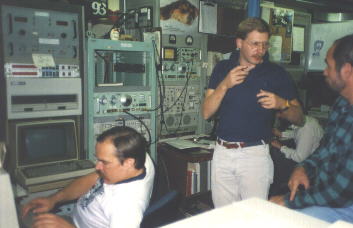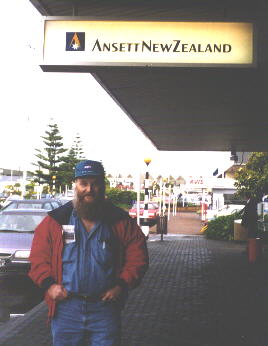

Patti,
I have been working in satellite tracking for many years. A new Canadian satellite is about to be launched, that will map the polar regions. Most scientific satellites are in low earth polar orbit, which means at a location like Wallops, there are 4 possible view periods in a day, that last about 15 minutes. Moving a tracking station to a polar region will enable more data collection in a day. Between the station at McMurdo, Antartica and the station in Fairbanks Alaska, we should be able to see every orbit in a day.

We have some people there now for a short season, which is the summer season. Although there is a lot of sun, the temperature has been about -17 C the last few days. They will be sending two of us to the ice about the second week of January. After a few weeks of training with the summer crew, they will fly out. Somewhere in late February or early March, they will not be able to get any supplies or people in or out of the base until October, except for a few flights around late August or September. We will probably not get out until the first week of November. In past seasons, they had a "Mid Winter's Day" mail drop on or near June 21. They would fly over and drop mail and fresh food. Due to budget cuts, it appears that we will not see this luxury.
The trip down should be fun. We will first fly to New Zealand, where we will be outfitted with cold weather gear. Then we will fly to Antartica, which will most likely be on a C131 transport equipped with skis.
Dave
David Hess NK3T